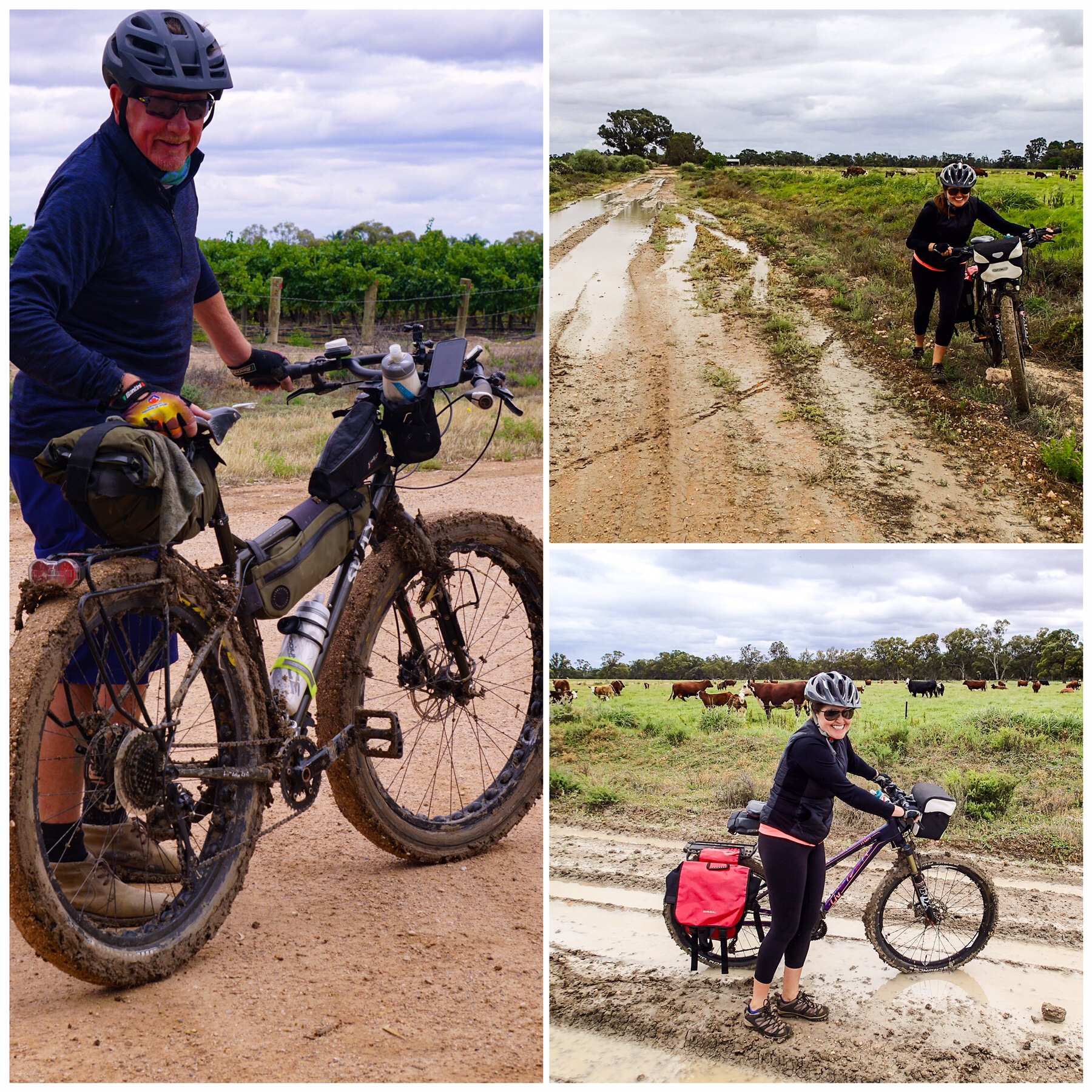Mud Puddle Visuals Staging


A quick check confirms that it's the 'Kristine - White Bra and Panties' scene (again!) that arisumudvixen is referring to. There are a few frame captures from it about half way down this page I'm definitely going to be using locations like that again in the future.
7th 07 - 2014 Director: John Ford By Roderick Heath This post is part of The John Ford Blogathon hosted by By the 1960s, John Ford might have expected and deserved a time of general acclaim as an elder statesman and artistic-industrial titan in Hollywood. The most Oscar-laden director in the medium’s history, with nearly 50 years’ worth of popular hits behind him and a legacy that for many defined the very essence of an American director as well as a whole genre, the western, Ford should have been hailed as an old master and given carte blanche to indulge his autumnal vision.
He was indeed on the cusp of gaining a new kind of acclaim, one he scarcely knew how to process or relate to, as a singular hero of the auterist critical school. Unfortunately, even Ford faced the fate of too many filmmakers working in a business with little memory, only ledgers—a career that ended not in the grandiosity of a rapturously received ninth symphony or rose-piled farewell performance, but with films of decreasing budget, patronised and dismissed by studios he helped build, as an industry in a swift decline engaged in desperate reorganisation. Still, Ford was able to make his kind of film right up until the end—or at least he made damn sure by the time they were done they were his kind of film. If he had died after making the knockabout comedy Donovan’s Reef (1963), he would have stowed away his oeuvre with a gently rambunctious, humane fantasia about the joys of friendly fist fights and light premarital S&M, with a spirit of wryness and conciliation sneakily close to Shakespeare’s “The Tempest.” But his swan song was destined to be 7 Women, which saw release on the lower half of a double bill.
Thus, he ended his career not with a crinkly wink, but a gob of tobacco-stained spit right in his audience’s eye. When directors’ days shorten, their films tend to get longer. But Ford’s final feature film clocked in at barely 85 minutes, displaying signs of harsh editing and resembling the rudely functional completeness of a piece of Brutalist architecture. Despite its length, more dramatic tensions bubble under the surface of 7 Women than many much longer films begin to approach.
Ford, a director who had always played the imperious tough guy in Hollywood, keeping his sensitive, well-read streak tucked away like an embarrassing birthmark, had long been fascinated with not merely the mythos of the frontier, be it geographical or psychological, but its sociological meaning, which, for better or worse, entailed the arrival of civilisation and stability in unruly and protean places. The act of faith in all of his mature films, even the most conscientiously dogged and questioning, like The Grapes of Wrath (1940) or Cheyenne Autumn (1962), assert that the better angels of human nature could win out over brute sectarianism and social prejudice eventually and find communal unity. Amf Roadmaster Bicycle Serial Numbers. In his more challenging works, particularly his last decade’s output, that unity might only be found on the level of individuals, as in The Searchers (1956), Sergeant Rutledge (1960), and Two Rode Together (1961). 7 Women offers no such clear hope.



